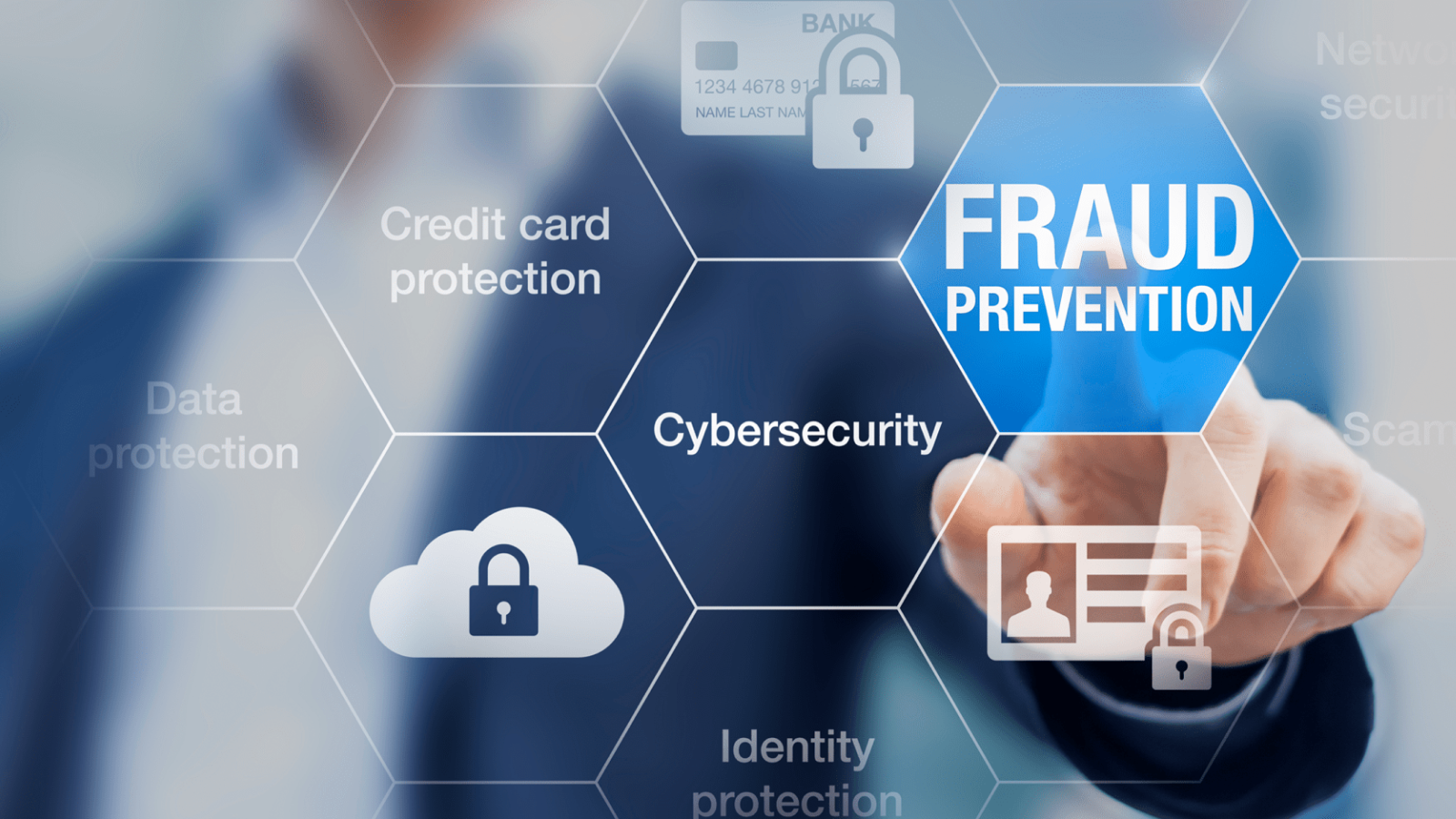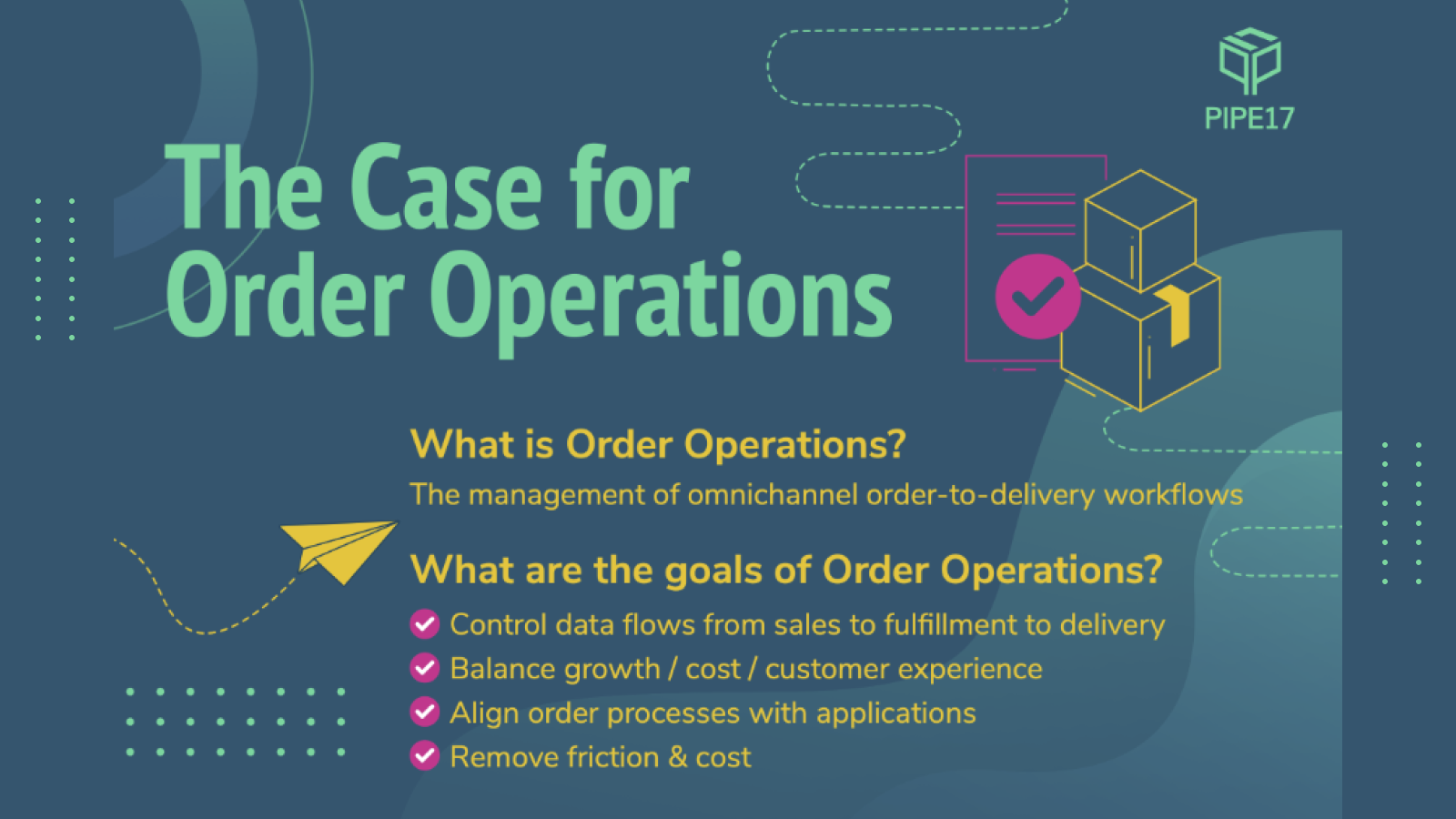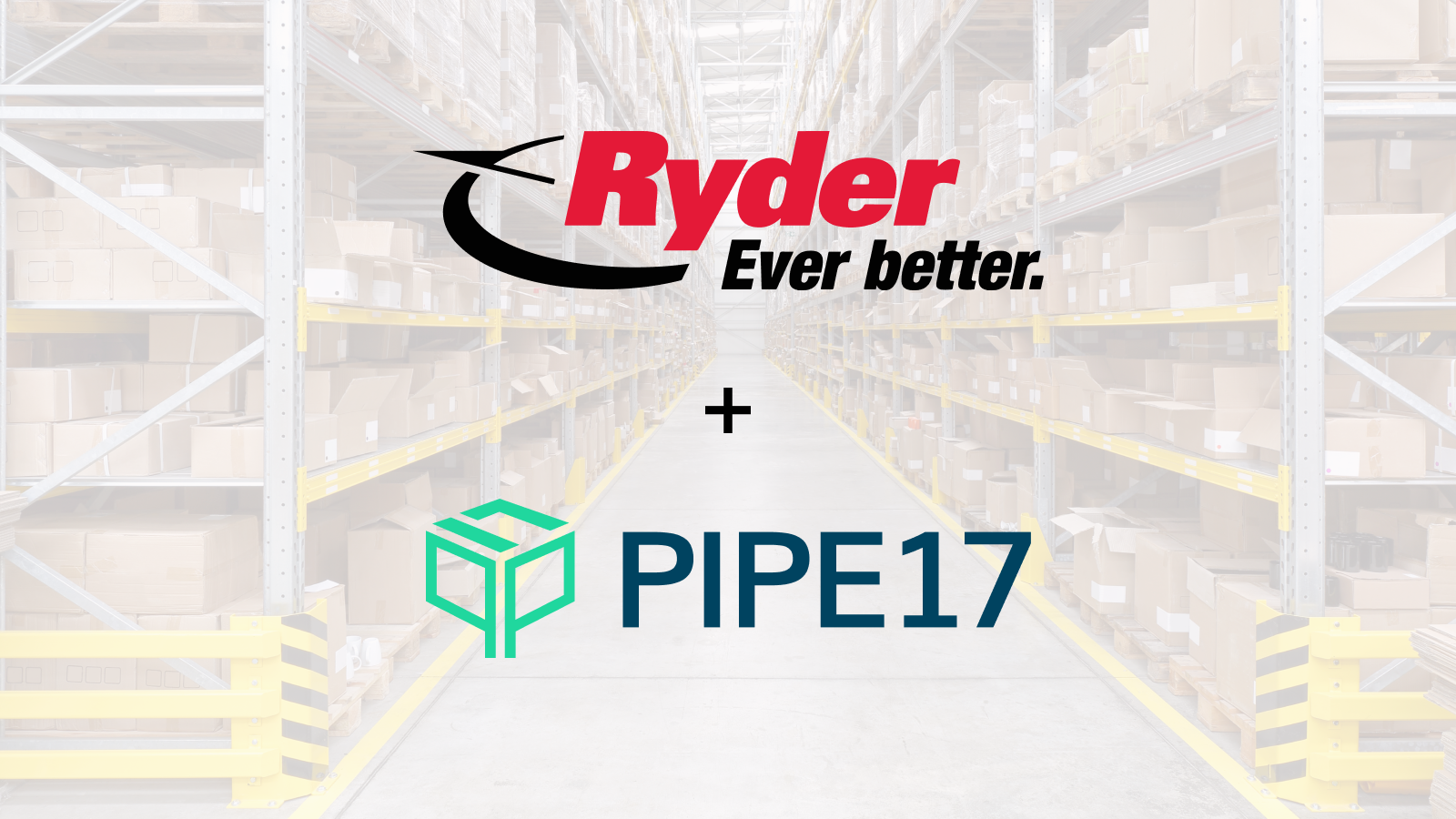A surge in orders makes most e-commerce departments ecstatic. Marketing is happy. Sales is happy. So is the CEO. That’s because their jobs are all about growth. But for the operations team, an increase in sales means an increase in things that can break the business.
One of these things is fraud. Fraud is sneaky. It wears many guises: credit card fraud, inventory fraud, bank account fraud, fulfillment fraud, supply chain and logistics fraud… All of it needs to be spotted and curbed. Because when left unchallenged, fraud leaves a trail of lost profits and damaged consumer confidence behind.
That’s why I’m going to share the 7 fraud-prevention and mitigation steps I always set up (or check) when working with a new e-commerce business.
1. Check your fraud filters (Or set some up!)
Fraud filters flag orders that fit specific criteria and pause them before the order goes through to the warehouse. This lets you check suspicious orders manually before they are fulfilled. In the long term, filters save you from chargeback fees and from losing products. There are add-on apps that will help you with this, also Shopify has some built in filters and alerts. If you’re using a third-party merchant processing system, often you can customize your filter settings.
Let’s take a look at some of the filters I’m using with clients right now:
- an unusually small purchase followed by a much larger purchase from the same credit card
- a purchase over $X to a domestic address
- a purchase over $X to an international address (how you set this up will depend on the % of international trade you do)
- buyer trying multiple cards for small or large purchase
- multiple small purchases from multiple credit cards by the same account
- using a different shipping address and changing the confirmation email
- requests to send orders to a different shipping address like a PO Box or an aggregate shipping center
When one of these events happen, the order is paused until someone from ops verifies it’s a legitimate purchase. Controlling what happens at this point is important. Shopify will authorize the credit card purchase but you should set up a system where the payment is not CAPTURED and marked as Paid. The “paid” status is what triggers order flow to your warehouse. You want the time to manually check and confirm the order before it flows to fulfillment. Because once an order leaves your warehouse, it’s out of your hands and if it’s fraud, you’ll be left with the check.
2. Create a blacklist
Keep track of addresses or customers that led to fraud in the past and blacklist them. (Or at least flag the order for customer service to follow up.)
Customers that can go on your blacklist include:
Anyone who perpetuated friendly fraud. “Friendly” fraud happens when a consumer places an order and – after receiving it – requests a chargeback from their credit card company without contacting you. Oh, and they keep your product. The bank usually sides with their customer, not you.
CAUTION:
A blacklist can also backfire. Since these types of lists tend to be static, and not often checked or updated, if you are too aggressive with your blacklist, it could lead to blocking orders from genuine customers. These accounts will stay blocked until they are manually removed or overridden. So a blacklist is something you need to be extremely careful with.
3. Set up returns check procedures
Having a great returns policy helps you make more sales because it decreases risk for the customer. But there’s a flip side.
Your return policy also opens you up to fraud. Some customers may return other items in your packaging. If you scan the return and start the refund process before checking the contents of the package, you’ll lose money and merchandise. That’s why each return needs to be checked before it’s processed — even if that takes more time. Clarifying up front with your returns policy on your website will also help. A few ideas:
- You require the customer to send a photo before an RMA is issued. The photo is kept in a file for the warehouse and when the item is received, the warehouse notes that it was received and matches.
- You have a % of the order that is not refundable as a reshelving cost. This can help you recoup some of the fees charged by the warehouse and for return shipping. Plus once returned, you have a product you can’t resell as new.
- No returns allowed unless it’s a warranty or defect. This will often apply when an item can be tainted by use, like food or beverage containers.
4. Fight chargebacks with overwhelming evidence
Did you know that over 90% of chargebacks are settled on the side of the customer? Chargebacks on bigger purchases can create quite a dent in your profits. But to fight it, you need a clear chain of evidence. This means someone on your team needs to create a compelling story so the bank knows that you did your due diligence.
Here’s what you need to include:
- screenshots of your fraud filters
- screenshots of customer conversations
- screenshots that show the billing/shipping addresses and the name on the email match
- tracking and signature for delivery
Use whatever tools you have in your toolbox to win the chargeback as well as the extra fees.
5. Train a fraud detective
Train a customer service representative to respond to orders that seem fraudulent. There are things you can do yourself that don’t require expensive tools. If the Shopify filters are telling you there is high or medium risk of fraud, have your detective look into that.
Look at the IP address the order was from and see if it matches or is near the billing/shipping addresses. If there is a mismatch in addresses, contact the customer and ask for a copy of their cc billing statement showing the address. Call the phone number they’ve given you and see if it’s legit (and use 411.com to do that research). Fraudsters will often give a fake phone number. Use your instincts and do your homework.
6. Deploy professional tools
There are many options for fraud detection and companies are working hard at making sure these tools are worth the value. Try some out before committing. Many have a trial period where you can see how they will work for you. I prefer the ones that come with notification alerts to email or slack so you can check potential fraud orders before fulfillment.
Stay on this daily
Fraud detection isn’t something you can set and forget. It’s something that requires constant vigilance. No solution is 100% but the more measures you put in place, the more you will be protecting your revenue and professional reputation.






